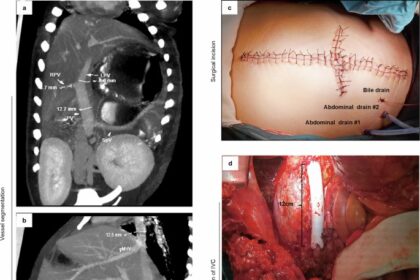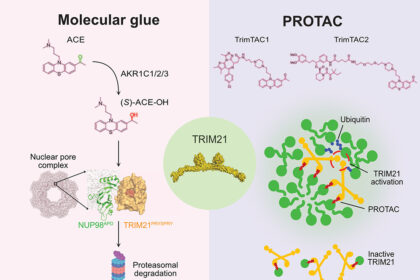Chinese researchers have recently made significant strides in enhancing vegetable freshness preservation, with the aim of reducing postharvest losses and improving the quality of produce reaching consumers. These innovations are not only transforming the domestic vegetable supply chain but also have the potential to influence global food preservation practices.
1. Rapid Precooling Techniques
One of the most effective advancements in vegetable preservation is the implementation of rapid precooling methods. This technique swiftly lowers the temperature of freshly harvested vegetables, which slows down metabolic processes and reduces spoilage. By rapidly chilling produce, researchers have managed to extend its shelf life, ensuring that it remains fresh for longer periods before reaching the consumer.
2. Integrated Storage Systems
Another breakthrough in vegetable preservation is the development of integrated storage systems. These systems combine microbial reduction, regulation of light exposure, and low temperatures to maintain the freshness of vegetables. For example, researchers have successfully extended the shelf life of fresh-cut peppers by two to three days using these advanced storage solutions. Such systems help retain the nutritional quality and visual appeal of vegetables, making them more marketable.
3. Edible Coatings
Researchers have also explored the use of edible coatings made from biodegradable films derived from natural substances. These coatings act as protective barriers around vegetables, reducing exposure to air and moisture, both of which accelerate spoilage. By slowing down the rate of dehydration and microbial growth, edible coatings help extend the freshness of vegetables, keeping them in optimal condition for longer periods.
4. Modified Atmosphere Packaging (MAP)
Modified Atmosphere Packaging (MAP) is another key technology that has made a significant impact in vegetable freshness preservation. MAP involves adjusting the levels of gases like oxygen, carbon dioxide, and nitrogen in the packaging environment. By altering these levels, researchers can slow down the metabolic processes that cause vegetables to age. This method is particularly useful for preserving the color, texture, and flavor of vegetables, making them more appealing to consumers.
Impact on the Vegetable Supply Chain
Over the past two years, these innovative preservation technologies have been implemented in over 75 cities across China, including major urban centers such as Beijing, Shanghai, and Shenzhen. This widespread adoption has revolutionized the vegetable supply chain, reducing food waste and improving the efficiency of the distribution process. By extending the shelf life of vegetables, these innovations not only reduce spoilage but also lead to increased sales revenue, benefiting both producers and consumers.
Global Implications
These advancements in vegetable preservation are not limited to the domestic market. They have the potential to influence global practices in food preservation, helping to reduce food waste and enhance food security worldwide. As these technologies continue to evolve, they could play a crucial role in addressing global food challenges by improving the quality and shelf life of fresh produce in international markets.
The recent advancements in vegetable freshness preservation developed by Chinese researchers mark a significant milestone in reducing food waste and enhancing food security. As these technologies continue to progress and expand globally, they offer a promising solution to one of the most pressing issues in the modern food system: minimizing postharvest losses while ensuring the quality and safety of fresh produce.











